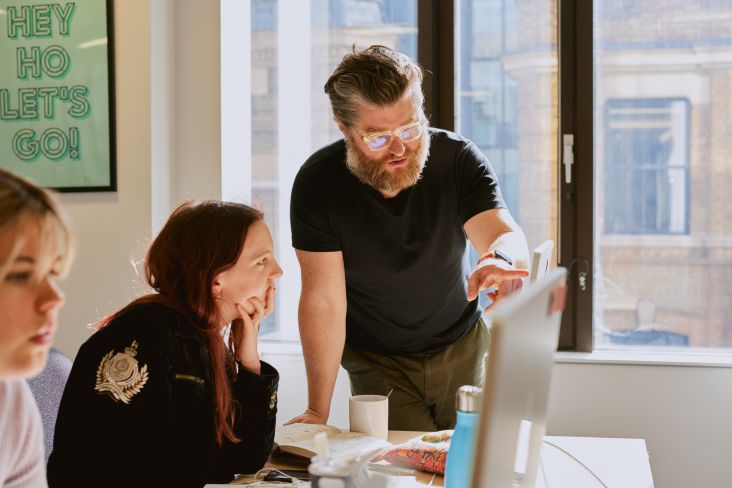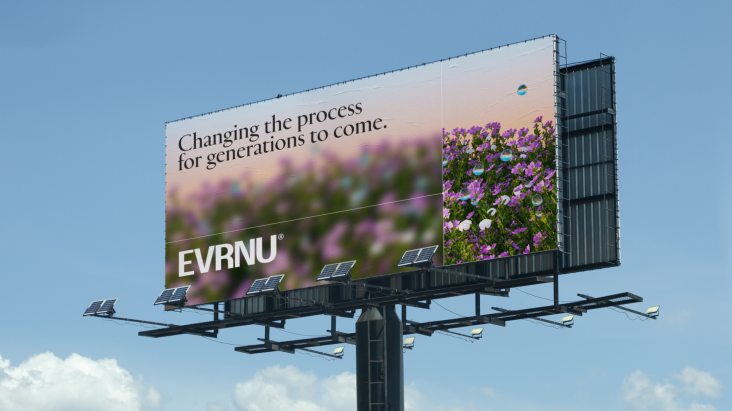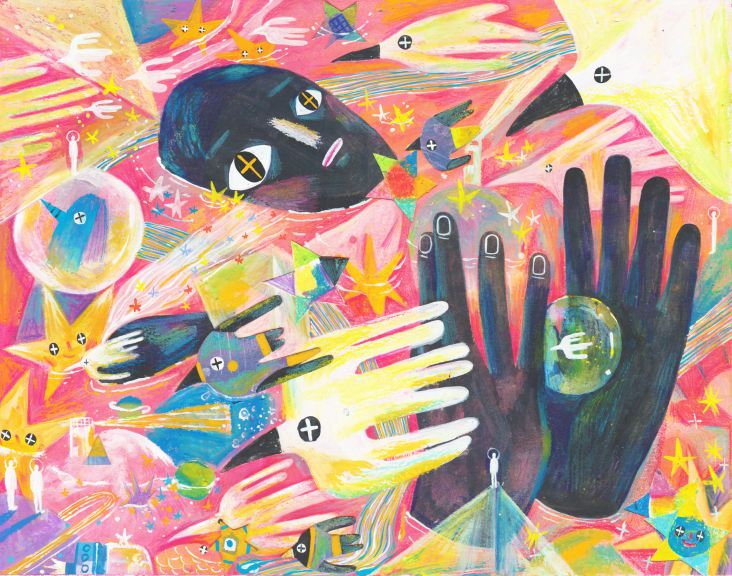'It's bad, it's gone quiet': how to rescue your freelancing if this is happening to you
Times are tough for a lot of freelancers out there right now. Here's some advice to help you rebound and find new work.

Image licensed via Adobe Stock
How's the economic downturn treating you? If our recent survey of creative freelancers is anything to go by, you may well be struggling. Out of four possible options, the one that matched our followers' experiences the closest was 'It's bad, it's gone quiet', with over 40% of you choosing this answer.
As for the other options, 17.1% chose 'It's neither good nor bad', 16.7% said 'Not sure', and only around a quarter of you (26%) said, 'It's good, work is steady'. So that means almost three-quarters of you are failing to thrive in 2023, and that's not a situation any freelancer should be happy with.
So what can we do? Well, the optimists will say that the worst of the economic shocks are over, the pound is climbing again, and better economic times lie ahead. And obviously, we hope that turns out to be true. But if the 2020s have taught us anything, it's that the future is anything but certain.
Ultimately, in challenging times like these, you can't rely on other people or even governments to get you through. You have to depend on yourself. And as a freelancer, a lot of that is down to marketing. Specifically, marketing yourself and your personal brand.
That doesn't mean being deceitful or selling yourself as something you're not. It means recognising your unique qualities, explaining this clearly, and amplifying them in the eyes of the right people.
Yes, we know, this probably isn't your favourite part of the job. You'd rather be doing what you love, whether art, design, photography or whatever, than setting out your stall. But how you market yourself will be the deciding factor for clients when choosing you over your competitors. It's as simple as that.
So how do you get there? Read on as we explain the different stages of building your personal brand.
1. Define your unique selling proposition (USP)
Your USP is the unique combination of skills, experience, and personal qualities that set you apart from your competition. To define it, you must ask yourself: 'What are my strengths as a creative professional? What specialised skills or niches do I excel in? What do clients consistently praise or appreciate about my work?'
That's not to say, however, that you have to be a specialist. Many find success by going in the exact opposite direction. Rex Martin, art ninja on CBBC, is one of them. "I've made a career in not specialising," he explains. "Different employers pigeonhole me for their needs, be it directing, producing, animating, motion graphics, editing, presenting or acting. It's worked pretty well, and for someone with ADD, it means I don't get bored."
But whether you're a generalist or a specialist, the important thing is, as photographer Alex Micu says, "to have your own point of view and something that sets you apart in your work". In other words, decide what it is that you (and only you) can offer a client. Once you have that nailed, everything else should follow, from how you write emails to the design of your portfolio website.
2. Be yourself
The specific skills you offer are only part of your USP. The other equally important half is your personality. People hire people, after all. They want to have a human relationship. One that occasionally involves small talk or silly jokes. We spend much of our lives working, so it's important to have fun whilst we're doing so.
Photographer Drew Forsyth says: "Being really nice to work with and being fun on set is a massive one for me. The client already likes your work: that's why they're talking to you. But what they really want to know is if you all get on, especially if they're going to be spending lots of time with you. Many people ignore that and focus on things like the logo or website. But 'friendliness and professionalism' is a massive part of my brand."
3. Be authentic
When work is tight, the temptation is to be all things to all people. But ultimately, the worst thing you can do is try to guess what clients want and try and provide it: they'll see through that kind of inauthenticity in a jiffy. Instead, as artist, designer and photographer Mark Leary advises: "Have fun being you! Most creative people are interesting and have all sorts of quirks that make them and their creativity stand out over a signature style. So go with your brand of crazy, be nice, be a good human and do awesome work that makes you smile!"
Marketing director Katie Kelly agrees. "Don't try to appeal to everyone," she advises. "Be selective about the type of work you do and the people you work for. My brand is about cutting the bullshit out of business, and I only work with digital agency owners who share my approach. That's why I called my website nowankybollocks.com."
Commercial photography studio IFSOBCZWHY adds this. "Don't look at what other people in the same field as you are doing. To stand out, pull inspiration from other fields within the creative industry. Whether that's a portfolio, personal branding or whatever, stay true to your values. Future-you will thank you."
Don't try to appeal to everyone. Be selective about the type of work you do and the people you work for.
4. Draw on past clients
Once you've nailed your USP, it's time to start targeting new clients. There are numerous ways to do so, and we take a deep dive into this process in our article How to win more freelance clients. You can also get inspiration from these stories of how creatives found their best clients.
One of the best ways of finding new clients, though, is to get referrals and references from existing ones. "Reach out to current and past clients and ask them what they loved about working with you," advises Rachel White of House of DIY. "Then use this to show off what it's like to work with you rather than just the services you offer. This way, you won't just attract new clients, but ones with shared values."
Graphic designer and art director Pili Enrich takes a methodical approach to this. "After a project with a new client, I send them a feedback questionnaire to know their opinion about me and what it was like working with me," she explains. "I also make sure that they understand everything during the process, and I keep them involved, being approachable and open."
5. Draw on your network
In the same vein, colleagues, collaborators and basically everyone you've ever met in the creative industry are worth drawing on to find work. "Your network is everything," says Dave Ellis, founder of motion design studio Everything's Fine Today. "Build an amazing network, and you'll always find work."
And if you don't yet have a network? "Reach out to others in your community who are further along and more established than you," advises designer David Gorham. "Consistently making friends with bigger names can help get you noticed. Let them know you like what they're doing. Offer to be a guest on their podcast. Let them know you're there to help."
6. Think local, not global
In theory, social media allows you to promote your work to a global audience. But in reality, how many people are looking, given all the noise? So you may be better off looking for clients locally.
"The thing that works for me is doing it on a small scale," says interior and architecture photographer Jak Spedding. "It's incredibly hard to "stand out" on something like LinkedIn, which is what everyone wants to do. But standing out in your local business community can be so much more beneficial and bring in way more work than you will ever need."
The last word goes to graphic designer Sarah Fisher. "Be the nicest person ever to work with and be a dream at replying to emails," she advises. "Also, lean into your creative superpower – typography for me! – and don't worry about what everyone else is doing."
























